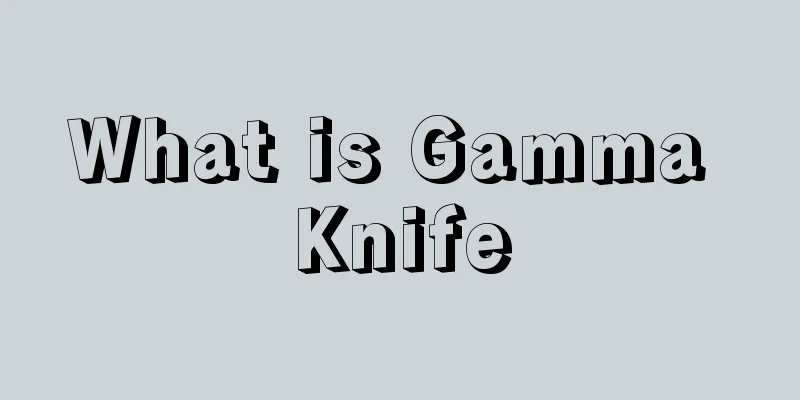What is the clinical significance of creatinine clearance

|
Creatinine is a metabolic product of creatine. Creatine is proportional to muscle mass. The human body produces and releases creatinine into the blood at a constant rate, which then enters the kidneys through circulation and is finally excreted through urine. This includes exogenous creatinine and endogenous creatinine. The creatinine clearance rate is of great clinical significance. It can determine whether the glomerular function is normal and has guiding significance in the treatment and prevention of kidney disease. Clinical significance 1. Determine whether there is any damage to glomerular function and the extent of the damage. When the endogenous creatinine clearance rate in adults is less than 80 ml per minute, it indicates decreased glomerular filtration function; if it decreases to 70-51 ml per minute, it is mild damage; if it decreases to 50-31 ml per minute, it is moderate damage; if it decreases to less than 30 ml per minute, it is severe damage; if it decreases to 20-10 ml per minute, it is early renal insufficiency, which indicates a poor prognosis for patients with chronic nephritis; if it decreases to 10-5 ml per minute, it is late renal insufficiency; and if it is less than 5 ml per minute, it is end-stage renal insufficiency. 2. Guide clinical medication and treatment. 3. The gradual increase in endogenous creatinine clearance in renal transplant patients indicates a successful transplant, otherwise it indicates a rejection reaction. 4. As healthy people age, the volume of renal parenchyma decreases and the endogenous creatinine clearance rate may decrease. In the elderly, the concentration can be reduced to 60 ml/(minute·1.73 m2). 5. Others: Increased endogenous creatinine clearance may occur in cases of hypothyroidism, renal hypertension, strenuous exercise, and the use of certain drugs such as vitamin C, steroids, and levodopa. Physical effects Exogenous creatinine comes from the intake of fish and meat. Creatinine is mainly affected by endogenous creatinine. Since creatinine has a small molecular weight and does not bind to plasma proteins, it can pass through the glomerulus freely and is not reabsorbed by the renal tubules. It is also not excreted by the renal tubules when there is no abnormal increase in blood creatinine. Therefore, endogenous creatinine clearance (Ccr) can be used instead of inulin clearance (Cin) to express glomerular filtration rate (GFR). Endogenous creatinine clearance is a sensitive indicator for judging glomerular filtration function impairment and is often checked before doing renal function tests. |
<<: What are the symptoms of elevated blood creatinine
>>: What is the reason for high serum uric acid?
Recommend
What are the dangers of long-term loose stools
The harm of long-term loose stools is indeed quit...
The life expectancy of patients with hepatitis C is so harmful
Hepatitis C is a type of hepatitis. Compared with...
Pain on both sides below the waist ribs
The continuous improvement of daily living standa...
What does alkaline urine mean?
pH is generally used to detect the degree of acid...
What should patients eat before pituitary tumor surgery
Pituitary tumor is a tumor disease that is very h...
The drug of choice for cor pulmonale, with good results in staged treatment
The remission period is mainly for the treatment ...
Diet for prostate cancer patients
Prostate cancer is a disease that threatens the l...
Can aloe vera absorb radiation?
As people in modern society conduct more and more...
What's the matter with gray hair
With the increase of various pressures in life an...
How to correct hunchback
Hunchback is a common spinal deformity caused by ...
I don't know what kind of fruit fire is. So this is what it's about
Recently, it has been circulated on the Internet ...
Is rabies vaccine antibody testing necessary?
Rabies is quite harmful. Once it occurs, there is...
How many days should I receive anti-inflammatory water after abdominal surgery?
I believe that many people are very afraid of hav...
Does urine that is the color of black tea mean blood in the urine?
When the color of urine is like black tea, the co...
How to wear sandals in summer when you have onychomycosis?
Onychomycosis is a common fungal infection in dai...









